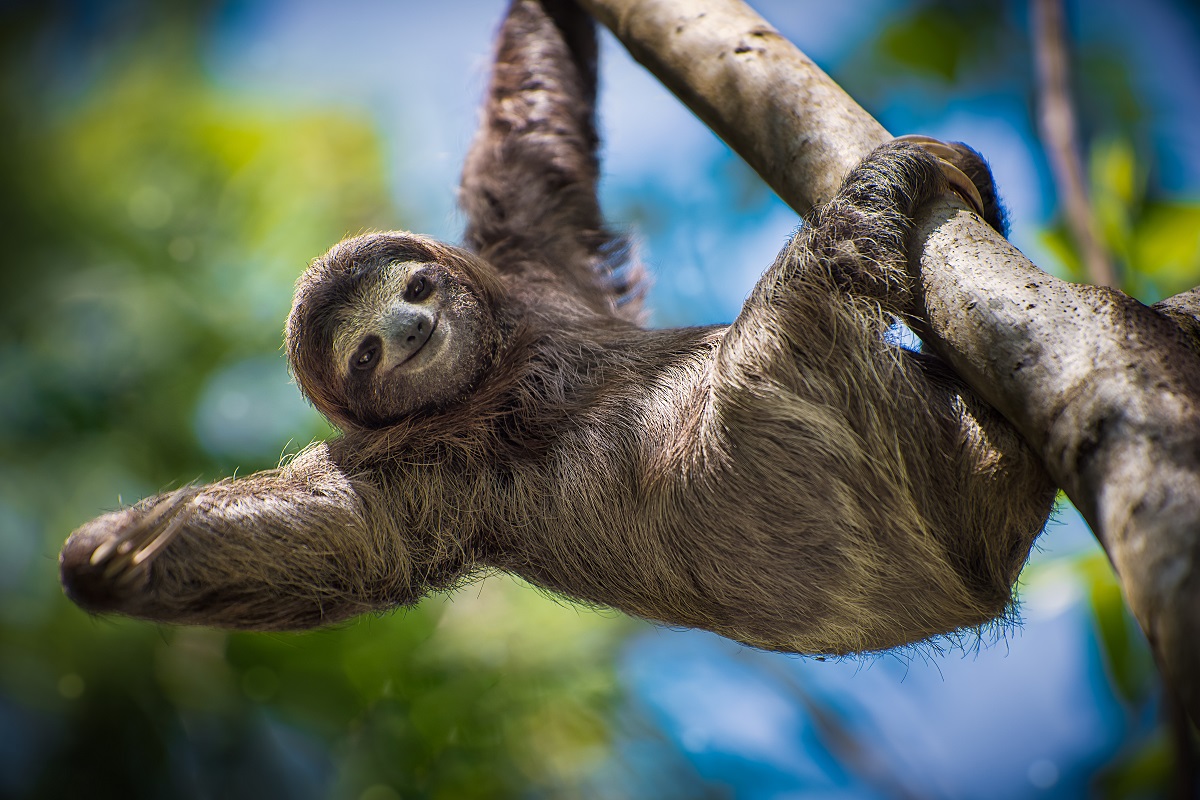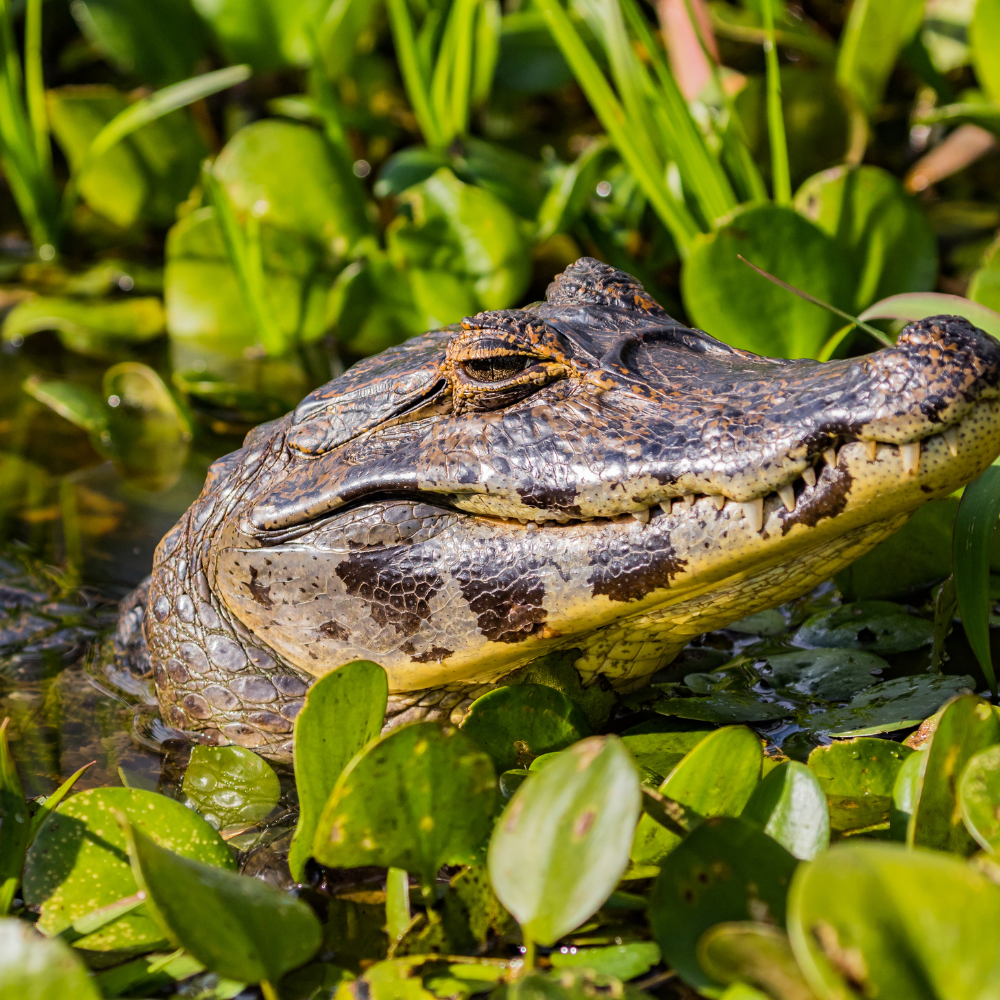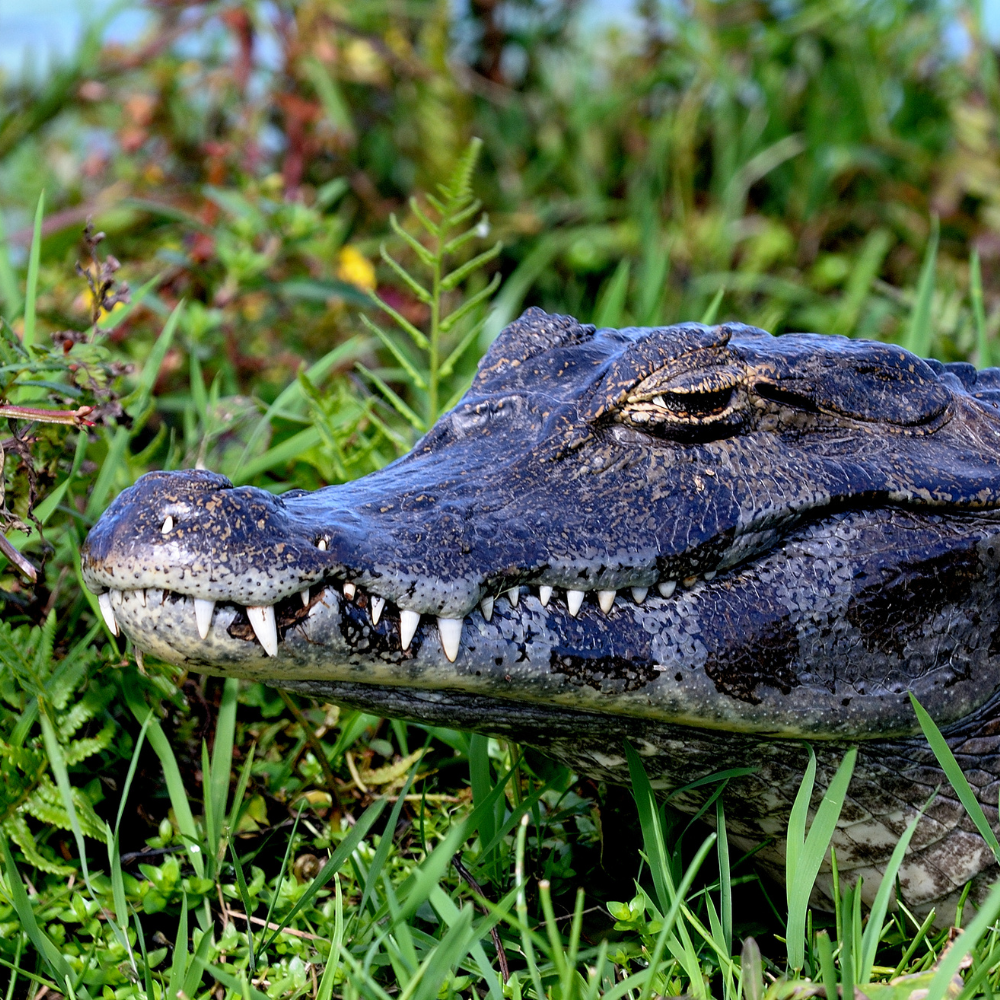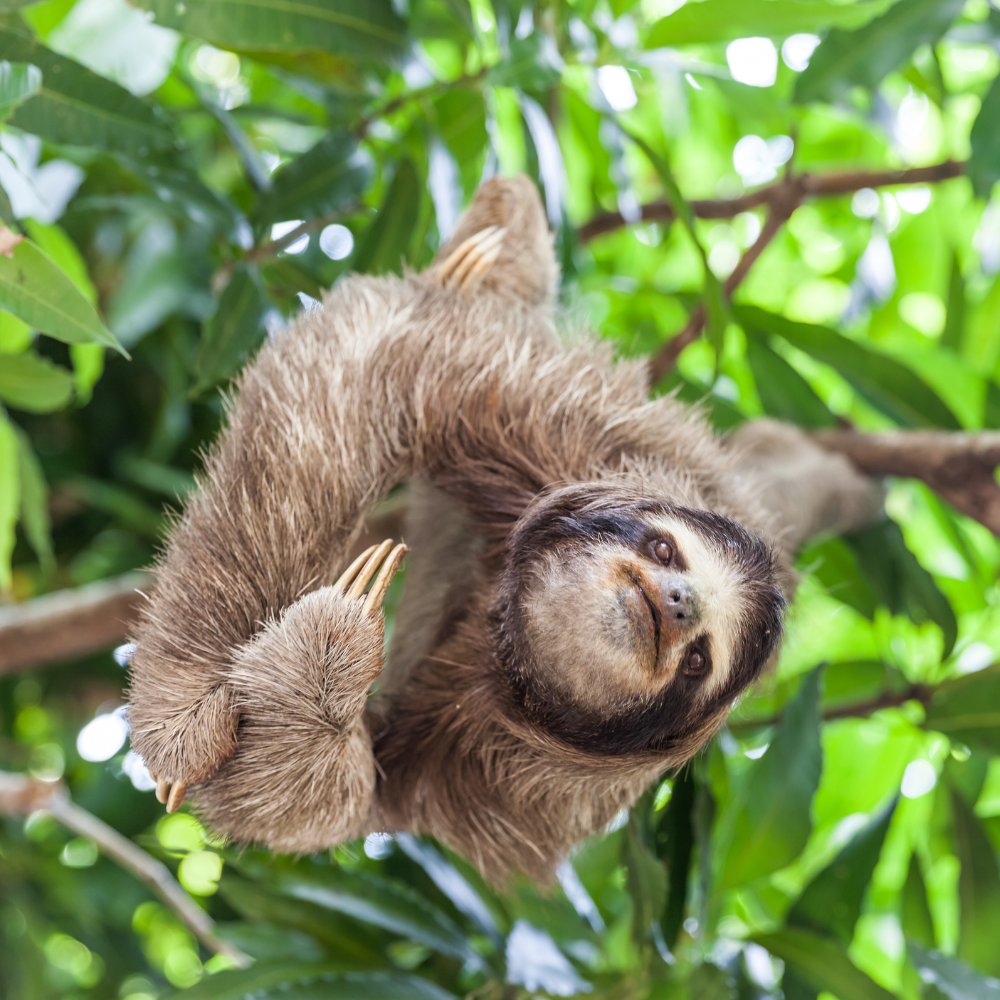

Introducing the animals in
Boy of the Amazon
Caiman
Estimated lifespan
Heaviest weight (500kg)
Length (16ft)
Fastest speed in the water (48kph)
Caimans are reptiles and members of the alligator family which form part of the larger group called crocodilians. This group includes crocodiles, alligators and gharials. The caiman is found in the swamps, lakes and rivers of Central and South America. There are six species of caiman including the spectacled caiman, smooth-fronted caiman, broad-snouted caiman, Yacare caiman, Cuvier’s dwarf caiman and the black caiman.




Of all the species, the black caiman is the largest and most dangerous to humans. An aquatic reptile, the black caiman lives in and near water, preferring slow-moving rivers and lakes. They are the largest predator in the Amazon Basin, growing to between 4 and 5 metres long (13 to 16.4 feet), though there have been unofficial sightings of much bigger beasts reaching up to 6 metres in length (nearly 20 feet)!
Similar to the American alligator to look at, the black caiman is dark in colour, ranging from grey to almost black. Their lower jaw has grey banding which turns to brown in the older animals. Yellow or white bands can also be seen on the sides of their bodies which fade as they age. Black caiman can live to between fifty and eighty years.
A carnivorous (meat-eating) reptile, black caiman feed mostly on fish, but they also eat birds, turtles, snakes and land animals such as capybara, deer and tapir. Attacks on humans are rare, but they do occur!
Also spelled ‘cayman’.
Sloth
30 Days
To digest a leaf
30m/100ft
Can fall without injury
6
Different species
1
Times a week they poo!
Sloths are very slow-moving mammals that live high up in the trees, in the rainforests of South and Central America. They are about the size of small dogs and are long limbed with short bodies and heads, stumpy tails, hook-like claws, large eyes and noses, and shaggy grey to brown fur. Sometimes their coat can have a greenish tinge because algae grow on their fur.




They spend much of their time hanging from branches, often upside-down, and they come down to the ground about once a week to poo! They eat mainly leaves and fruit, extending their long tongues 25 to 30 centimetres (9.8 to 11.8 inches) out of their mouths to reach a tasty treat. They have four stomach parts, and it can take up to a month for them to digest a meal. Sloths have a reputation for being sleepy. In captivity, they will spend 15 to 20 hours a day sleeping, but some studies found that wild sloths will sleep for about 10 hours a day.
Sloths find it very difficult to get about on the ground because of their long claws and low muscle ratio, but they are excellent swimmers.
There are two families of sloths—two-toed sloths and three-toed sloths. This is a bit confusing because in fact, all sloths have three toes on their hind limbs. But on their forelimbs (what we would consider arms), some have two fingers, while others have three.
There are six different species of sloth—the pale-throated sloth, brown-throated sloth, Linnaeus’ two-toed sloth, Hoffman’s two-toed sloth, maned sloth (vulnerable) and the pygmy three-toed sloth (critically endangered).
